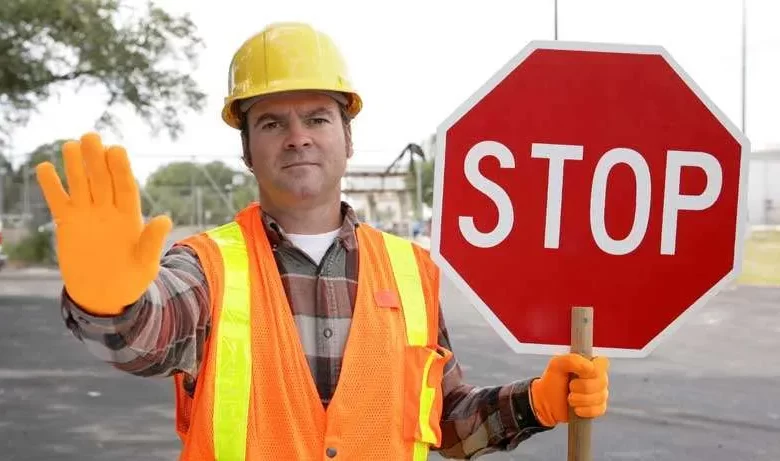What Makes a Traffic Control Solution Fully Compliant and Reliable?

Traffic control is a vital component of modern infrastructure management. Whether it’s for a construction project, emergency response, or routine maintenance, a reliable traffic control solution keeps road users safe and ensures operations run smoothly. But for a traffic control system to be truly effective, it must meet not only functional expectations but also strict compliance standards. So, what exactly makes a traffic control solution both compliant and reliable?
1. Adherence to Regulatory Standards
Understanding Legal Requirements
Every region has its own set of rules governing traffic control operations. In the United States, for instance, guidelines are set by the Manual on Uniform Traffic Control Devices (MUTCD). Similar standards exist internationally, providing detailed instructions for signage, signaling, road markings, and personnel deployment.
Permit and Documentation Compliance
Before a traffic control plan can be executed, necessary permits must be obtained from local or state transportation authorities. These ensure that the setup doesn’t interfere with public safety or disrupt essential services. Reliable traffic control providers ensure that all paperwork and documentation are submitted and approved prior to implementation.
2. Detailed and Site-Specific Planning
Tailored Traffic Management Plans
A compliant traffic control solution begins with a customized plan. This includes a site survey, hazard assessment, traffic flow analysis, and a mapped-out strategy for lane closures, detours, pedestrian routes, and signage placement.
Built-In Contingency Measures
Plans should include contingencies for weather changes, emergency access, and high-traffic conditions. A reliable system doesn’t just work when things go right—it’s built to adapt when things go wrong.
3. Certified and Trained Personnel
On-Site Expertise
Traffic control isn’t just about setting up cones and signs. Certified flaggers, supervisors, and traffic control officers play a key role in ensuring the safety of both workers and the public. These professionals are trained to follow regulations, manage incidents, and communicate effectively with drivers and other stakeholders.
Safety Protocols and PPE
All staff must be equipped with appropriate personal protective equipment (PPE), including high-visibility clothing, radios, and safety helmets. Their role in maintaining control and reducing risk cannot be overstated.
In well-managed projects, providers like Salus Traffic Control Solutions bring not only personnel but also the operational structure needed to meet regional compliance and adapt to changing on-site conditions, making them a trusted name in high-risk traffic environments.
4. Reliable Equipment and Technology
Approved and Inspected Devices
All equipment—cones, barricades, arrow boards, portable traffic signals—must meet local safety codes and undergo routine inspections. Equipment reliability directly affects the effectiveness of the traffic control setup.
Smart Tech Integration
Many modern traffic control systems include GPS tracking, real-time traffic data monitoring, and even automated alerts for nearby drivers. These technologies enhance both reliability and public awareness, helping prevent incidents.
5. Communication and Coordination
Stakeholder Alignment
Reliable traffic control involves ongoing coordination between contractors, law enforcement, city planners, and emergency services. Everyone needs to understand the plan, timelines, and escalation procedures.
Clear Public Messaging
Advanced warning signs, public notices, and up-to-date route information ensure drivers and pedestrians can navigate changes safely. Communication builds trust and reduces frustration among road users.
Conclusion
A fully compliant and reliable traffic control solution isn’t built on one factor—it’s the result of strategic planning, adherence to regulations, trained personnel, quality equipment, and clear communication. Whether managing traffic in a construction zone or during a major city event, choosing a provider who emphasizes safety, adaptability, and regulatory alignment is essential. With a comprehensive approach, you ensure not just traffic control—but traffic confidence.




